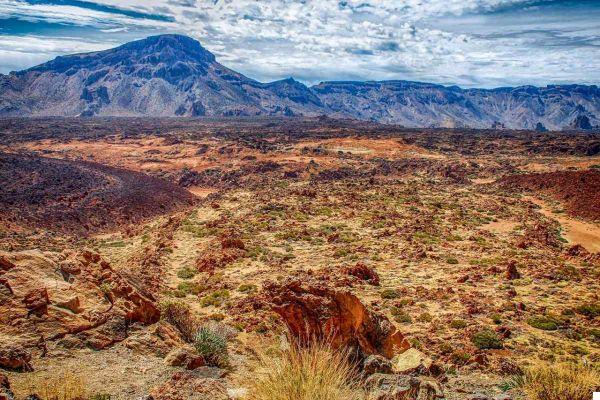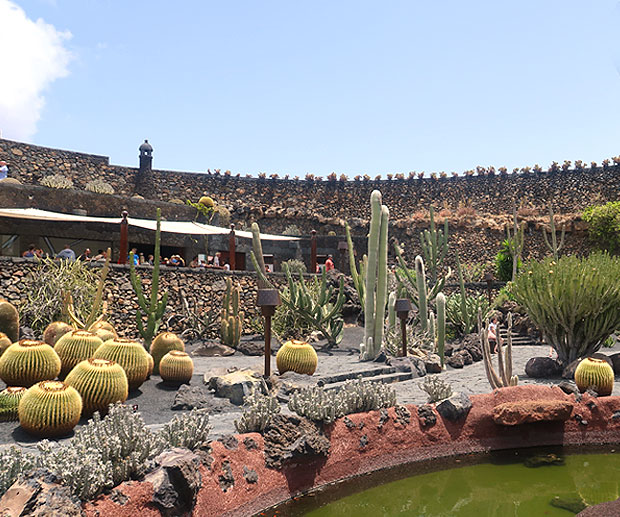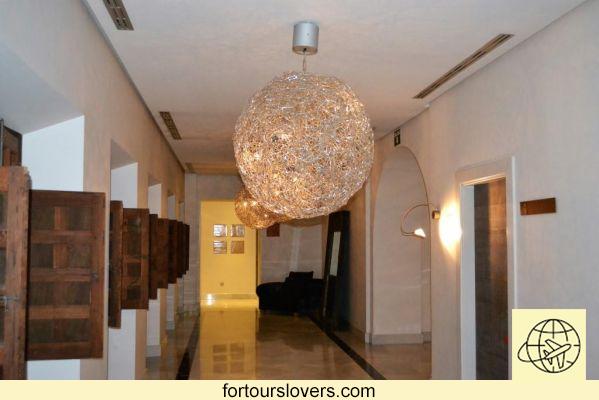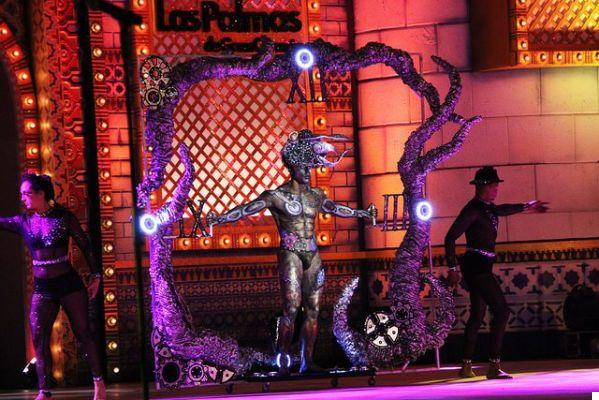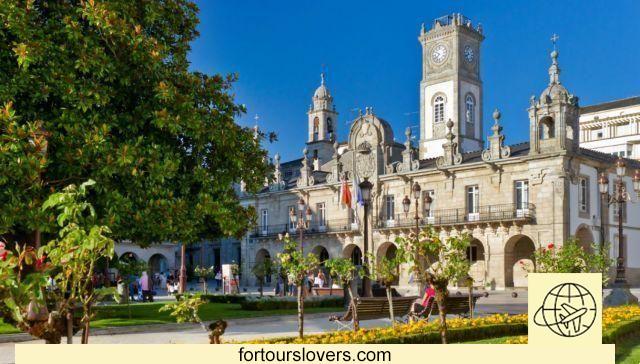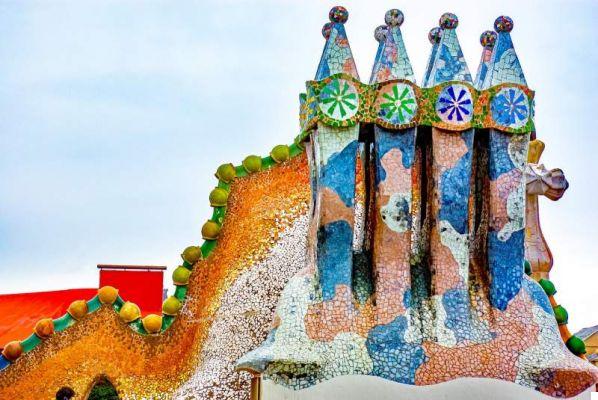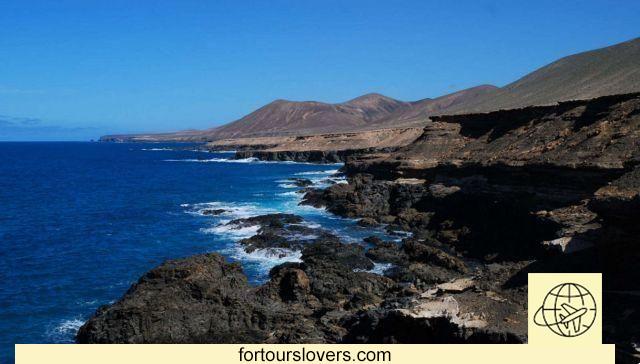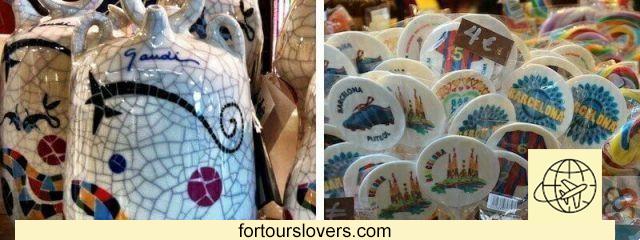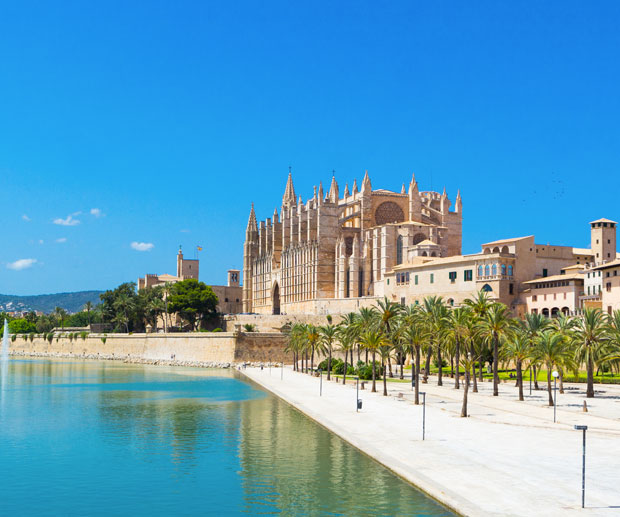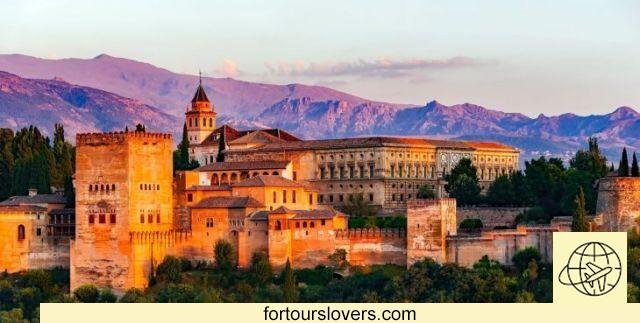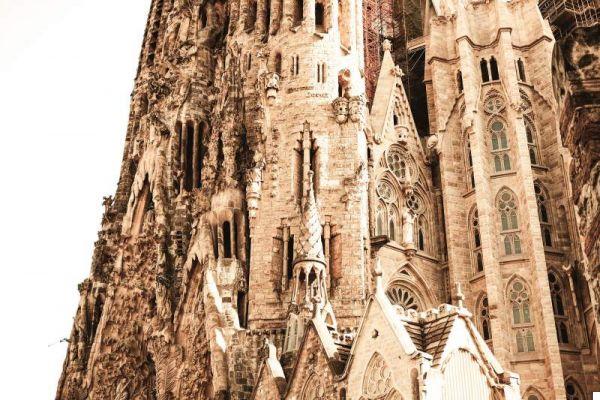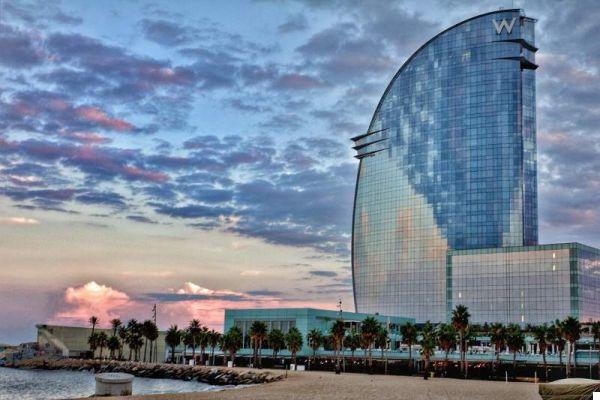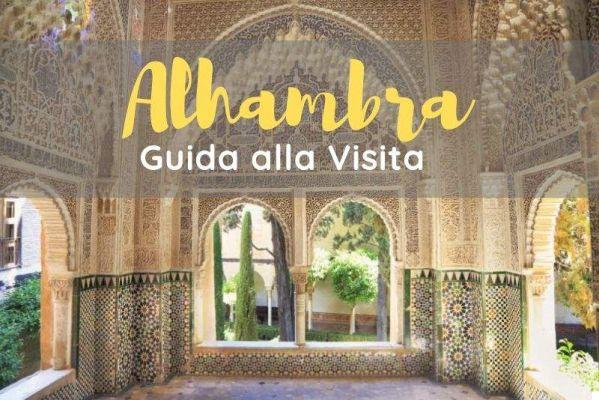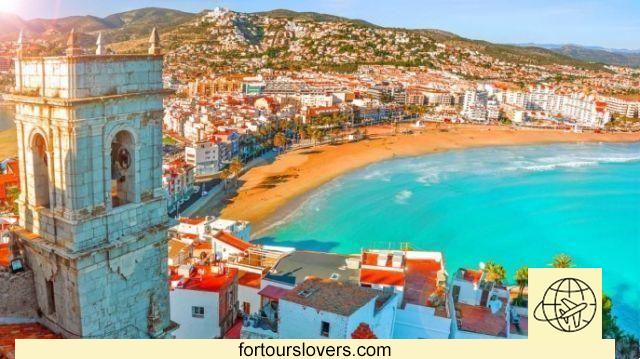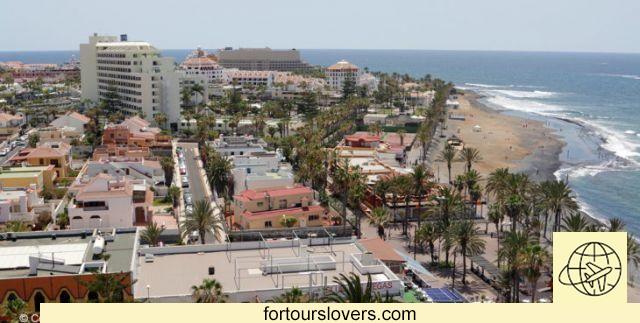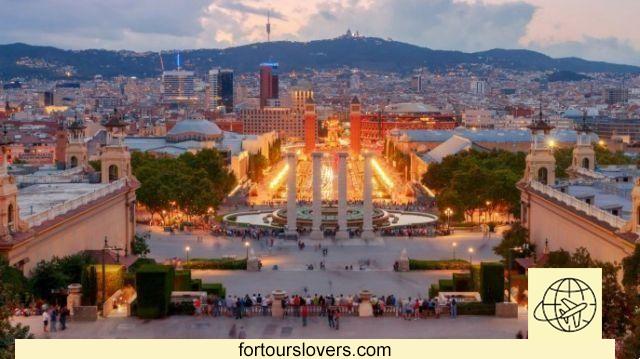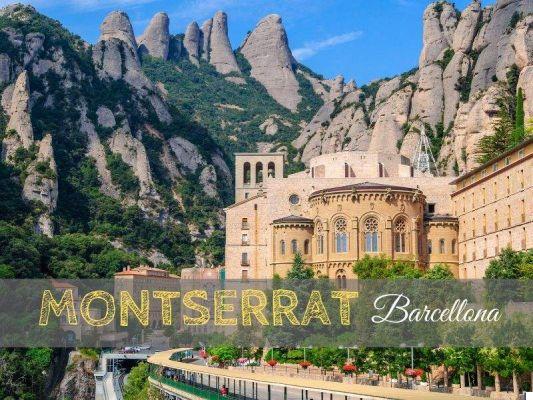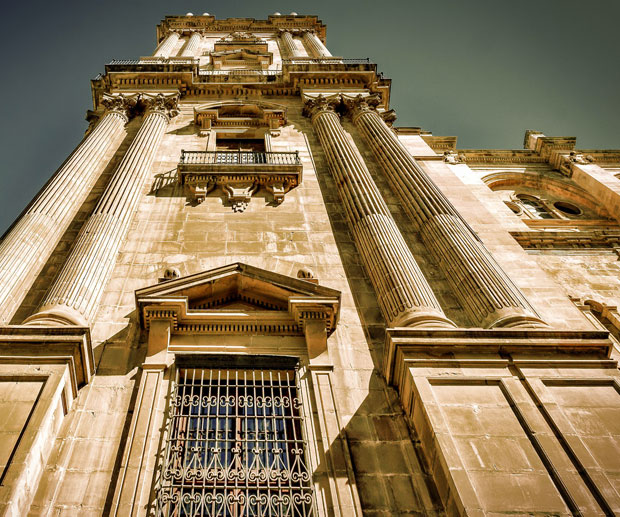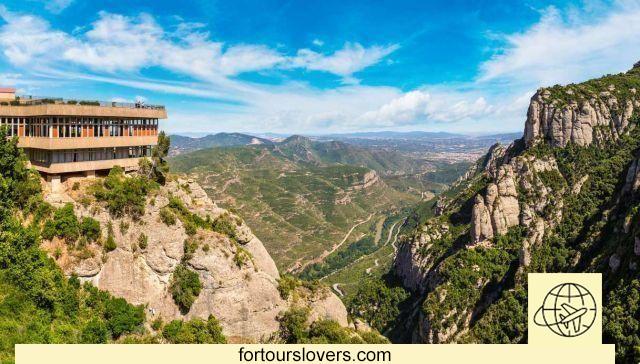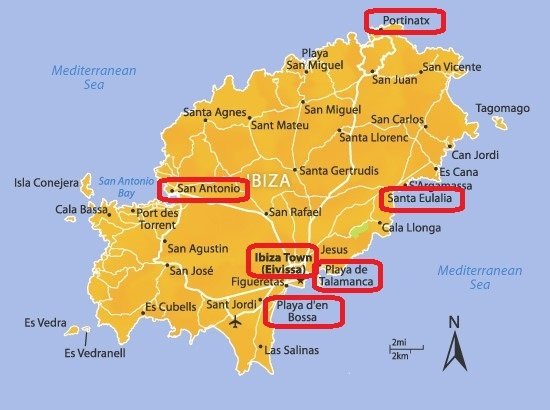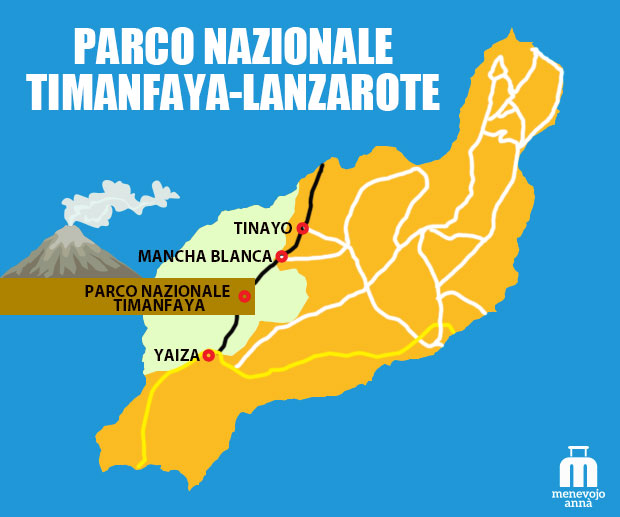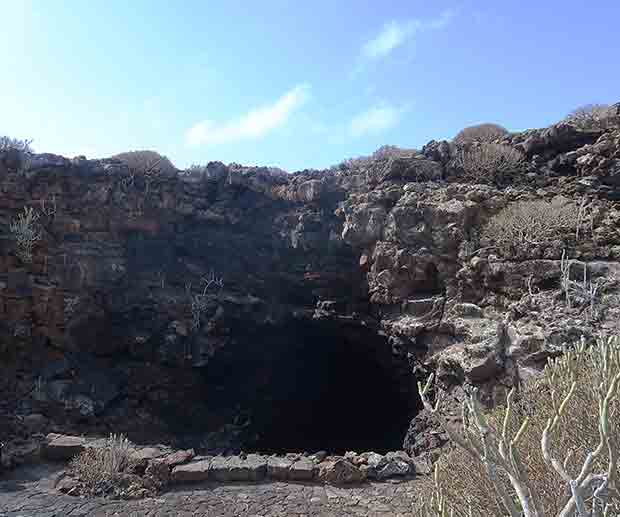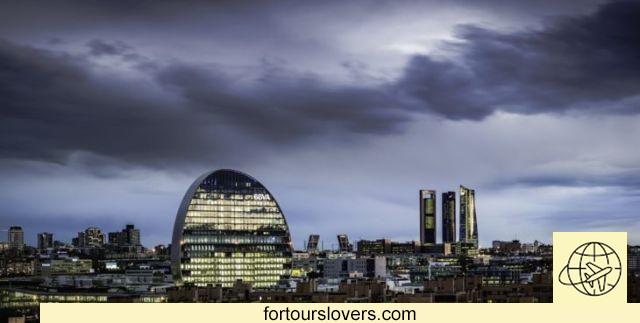
Madrid
11 things to do and see in Madrid and 3 not to doMadrid is not Paris, nor Rome. While there is no lack of museums, churches and works of art of international importance the "monumentality" is not its strong point. Even public services are sometimes revisable, not to mention problems related to air quality and traffic. Why, then, despite the difficulties, is Madrid so fascinating? Why does those who visit it, nine times out of ten, speak of it in a more than positive way? The secret, if we can speak of a secret, is there overwhelming will to live of its inhabitants. A joy that has resisted the long Franco dictatorship and that for a decade has lived with the effects of the financial crisis of 2008. Crisis that in Spain was very hard, with layoffs, wages cuts and almost generalized downward revision of the standard of living. Yet Madrid is still teeming with young people, dreams, hopes to appreciate which, however, it is necessary to abandon the role of the "simple" tourist e wear those of the traveler eager to capture the genius loci of the Spanish capital. Below, our suggestions on what to do and see in Madrid. Happy reading.
1 Puerta del Sol
Discard the shoes of the simple tourist and put on those of the attentive traveler. This is the advice we gave at the beginning to fully appreciate Madrid. Puerta del Sol is the perfect starting point for this exploration to discover the Madrid soul. It is above all from a symbolic point of view, since it represents the km 0 of the Spanish road network, and also because historically it has always been there most important square in Madrid, even before the city rose to the rank of capital in 1561. Just think, without going too far back in time, that the 15 Maggio 2011 Puerta del Sol was the scene of aimpressive event against the austerity measures launched by the government to deal with the crisis that began three years earlier. Protests that spread from Madrid to the main cities of Spain, not unlike what had happened a few months earlier in Tunisia and Egypt. So a politically very hot square, a bit like Syntagma Square in Athens, but also a square that deeply loves having fun. Puerta del Sol, in fact, is the the heart of Madrid's nightlife. Not far away is located Orchards, the most touristic area of the city full of clubs, pubs and breweries. Also worth seeing is the former Post Office Building (Casa de Correos), today seat of government of the autonomous community of Madrid, famous among other things for the 12 strokes (campanadas) with which the building clock announces the advent of the new year on New Year's Eve.
2 Prado Museum
The picture gallery with the largest collection in the world of works by the Flemish painter Hieronymus Bosch. This consideration would be enough to explain the international fame of the museum, and instead it is not over because in addition to the paintings of "El Bosco" (as the Spaniards usually refer to the Dutch artist) there are many other works to see: Velasquez, Goya, Caravaggio, Titian, Raffaello, Rubens, Brugel and other. In the Prado Museum there are more than 70.000 paintings for a time span which goes from XII to XIX century. Paintings, but also sculptures and drawings that occupy the galleries, halls and rooms of a huge building from neoclassical taste designed at the end of the 700th century bySpanish architect Juan de Villanueva. The funding for such an impressive project could only come from the Spanish royal house. In fact, it was Charles III of Spain who wanted the building to be built, with the initial intention of making it a Museum of Natural History, while it was his nephew Ferdinand VII who modified its destination and used it as a picture gallery of the royal family. Obviously, over the centuries, the Prado Museum has undergone several changes and renovations, the last of which in 2007 with the inauguration of a new exhibition structure in the adjacent cloister of the San Jeronimo El Real monastery. Finally, a tip: since the visit to the museum takes several hours better to avoid the rush of the weekends to enter. More information on timetables, prices, works and temporary exhibitions on Official site: www.museodelprado.es (English version available).
3 Thyssen-Bornemisza Museum
A matter of the heart. Joking about it, the long story of the private collection di Hans Heinrich Thyssen-Bornemisza (1921 -2002) that after being fought over by half the world, in the 90s of the last century it landed (almost entirely) in Madrid. The reason? The marriage (the fifth) of this scion of the Thyssen family (one of the German "families of steel") with the former miss Spain Carmen Cervera Fernández de la Guerra. Obviously behind the decision to move this rich art collection from the house of Lugano, in Switzerland, other factors (especially economic ones) also contributed to the Spanish capital without underestimating the role played by continental climate of Madrid (the city rises to approx 600 meters above sea level) more favorable to the preservation of the canvases. Canvases ranging from Italian fourteenth century to the American Pop Art, embracing eight centuries of the history of painting. From Ghirlandaio a Picasso, Via Van Gogh, Renoir, Many he German Expressionists. A variety of works of art of inestimable value, housed since 1992 in the eighteenth century Villahermosa palace, a stone's throw from the Prado Museum we talked about earlier. For more information on timetables, prices and temporary exhibitions visit the Official site: www.museothyssen.org (English version available).
4 Reina Sofia Museum
There are those who argue that the sight of Guernica, the famous Picasso canvas housed in Museo Nacional Centro de Arte Reina Sofia, alone, is worth a trip to Madrid. Indeed this picture, which tells the terrible bombing of the Basque city by theGerman aviation during the Spanish Civil War, is one of the absolute masterpieces of 900th century art. Not the only one on the second floor of this museum where the permanent collection is set up:"The Eruption of the twentieth century: utopias and conflicts". In addition to Picasso, some works by Miro e Dali, two other great protagonists of Spanish painting of the last century. The Reina Sofia Museum, which completes the "Paseo del Arte", the Madrid museum triangle, is set up inside the former Hospital general, XNUMXth century building designed by the court architect Francisco Sabatini. Since 2005, attached to the main structure there is another building with futuristic shapes designed by the French architect Jean Nouvel. Temporary exhibitions are set up in this new wing of the museum. For more information on timetables, prices and scheduled events visit the Official site: www.museoreinasofia.es (English version available).
5 Plaza de Cibeles
If Puerta del Sol is the square of protests against austerity that led to the birth of Podemos, a party that contends with the socialists for second place in the consensus behind the popular ones, Plaza de Cibeles instead it is the place where Real Madrid fans gather to celebrate the numerous victories of the blancos. A "sporting" square, therefore, with a fountain in the center, Fuente de Cibele (see photo), in turn surrounded by four historic city buildings. From North to south: Buenavista Palace, army headquarters; Palacio de Linares, home of the Casa de America center for cultural exchange between Spain and America; Palacio de Constituciones, seat of the city hall and finally Banco de Espana, the Spanish central bank. The fountain, also dedicated to goddess Cybele (or Ceres) It is one of monuments that the people of Madrid are most fond of, so much so that he protected it with sandbags during the civil war that from 1936 to 1939 bloodied the nation. To be seen!
6 Plaza Mayor
The Madrid-based tendency to live outdoors is further confirmed in the Plaza Mayor. Today this lifestyle explains the tourist fortunes of the city, but we would be wrong to consider only this aspect. In this square, perhaps more than in the others, you can breathe the whole history of Madrid. The reference is not so much to the statue of Philip II, created by that Giambologna of whom we have already spoken about the Fountain of Neptune in Bologna, as above all to the Casa de la Panaderia andKnife Bow. Casa de la Panaderia is the most important of the historic buildings that surround the Plaza Mayor and owes its name to the fact that it was once the place where the price of bread was set (today it is home to the Madrid Tourist Office). Arco de Cuchilleros, on the other hand, is the most famous of the nine entrance gates to the square. The topos "Cuchilleros" refers to the ancient guild of knifers who sold their products to local butchers. We must not forget, in fact, that in ancient times this square was the seat of the most important city market. Not only. Also here, in this rectangular open space 130 meters long and 94 wide, the executions decreed by Tribunal of the Inquisition and the race. In short, sitting at the tables of one of the numerous bars present, or intent on admiring the thousand inventions of street artists, woe to ignore the "weight of history" of Plaza Mayor, the heart of the historic center of Madrid.
7 Retiro Park
Did you know that Madrid is the only city in the world with a monument to the devil? For the avoidance of doubt, it is better to clarify immediately that this is not a gift. Sculpture, Fuente del Angel Caldo ( "Fountain of the Fallen Angel "), was made in 1878 by the artist Riccardo Bellver and depicts the fall of Lucifer from the kingdom of heaven. It is not the only work of art present in this large public park which, outside the winter period, always records a full house of tourists and residents. In fact, since spring, thousands of people flock here to devote themselves to leisure and playful activities that a place like this generously offers to onlookers. Crystal Palace, Palacio de Velasquez (both structures exhibit works of contemporary art), the Rose garden (magnificent rose garden) and the Bosque de las Ausentes are just as many places to see inside the park. Especially the latter, the "Wood of the Disappeared", has a very high symbolic value. The 192 cypresses and olive trees planted recall the victims of the brutal attack of 11 March 2004, when a terrorist cell linked to Al Qaeda detonated a series of bombs in 4 different stations of the regional railway network, causing 192 victims and thousands of injured. To be seen!
8 Royal Palace
You cannot say that you have been to Madrid without a visit to the Royal Palace. The fact that the Spanish royalty no longer reside here is a secondary detail. The Royal Palace of Madrid remains in the collective imagination the royal residence, the place where every first Wednesday of the month (except January, July, August and September) the famous Changing of the guard, a very coveted moment by tourists who flock behind the gates of the Plaza de la Armeria or on the stairs of the Cathedral de la Almudena (to learn more about the Changing of the Guard visit the website: www.guardiareal.org). As for the guided tour of the building, it obviously touches only a part of the 3000 and passes rooms that compose it. There Real Armory with its gigantic collection of weapons and armor that belonged to the royal family and the court, and the Painting Gallery with the works of Velasquez, Goya, Caravaggio and Tipeolo are, without a doubt, the most interesting rooms. They also deserve the State Apartments that stand out for their opulence andRococo imprint typical of the XVIII century. The Royal Palace, in fact, was built starting from 1738 on a mandate from Philip V. The project, carried out by Italian architects Filippo Juvarra (one of the greatest interpreters of the Baroque) e Giovan Battista Sacchetti, was completed only many years later, so much so that the first king to actually reside there was Charles III in 1764. to know more on the history and methods of access, consult the card of the building from the following link: http://www.patrimonionacional.es/real-sitio.
9 Atocha station
La Atocha station was one of the most affected places on 11 March 2004 when Al Qaeda detonated 10 bombs on board 4 regional trains. The most terrible attack in Spain, a nation that also had to deal with the most extreme fringes of Basque nationalism, did not manage to erase the history of first train station in the capital. A monument, as it should be, recalls the circumstance, but otherwise the station soon returned to being one of the main tourist attractions in Madrid. At the base of its charm there are several factors: the first, already mentioned, has to do with the fact of being the oldest station in the capital; the second, and more important, lies in the mixture of concrete, steel and vegetation. Yes, because since 1992 the Atocha station is above all a leisure mall with a beautiful tropical garden that houses thousands of plants of many different species. Some still leave tourist trains, but the bulk of the rail traffic was diverted to the nearby new high-speed, long-distance station. The Atocha station, which on the outside has retained its original appearance, is easily recognizable due to the large vault in iron and glass that surmounts it.
10 Madrid Rio
Before the 2008 financial crisis, Spain was a growing nation. Growth strongly supported by construction, a sector that here more than in the rest of Europe has paid for the explosion of the real estate market that began in the United States. However, construction is not synonymous with speculation, and therefore alongside more than questionable cases of urban expansion there have been others, by textbook, of redevelopment and transformation of disused public areas. One of these virtuous examples and the Madrid Rio, a public city park inaugurated in 2011 but designed starting in 2003. A recreational space of about 120 hectares created following theburying a stretch of highway (The ring road M-30) which for years had cut the Manzanares, sub-tributary of the gigantic Tagus River running through the Iberian Peninsula to then flow, near Lisbon, in theAtlantic Ocean. Cycle paths; skating; tennis courts; of football; centers for canoeing, rowing and even a beach: the 10 km of the Madrid Rio really offer everything, with constant attention to the needs of the elderly and disabled, translated intoelimination of physical and architectural barriers. The first to have benefited from this enormous space were obviously the inhabitants of the neighboring neighborhoods. In no time, however, Madrid Rio has become common heritage of the entire city, including the tourists who visit it by the tens of thousands throughout the year. Not to be missed!
11 El Rastro
For over 400 years, every Sunday, in Plaza Cascorro, south of Plaza Mayor (see point 6), takes place The Trail il "flea market" most important of Madrid. Obviously, this characteristic market has gradually invaded all the streets surrounding Plaza Cascorro and, as often happens in these cases, its popularity is not so much linked to the possibility of bringing home some good deals, as to the opportunity to socialize with thousands of other people flocked to the area from all over the city. Especially Madrilenians, but also many tourists ready to join the haggling ritual followed, immediately after, by the same ritual stop in bars and restaurants of the area. In short, even if between used clothes, trinkets, poor crafts and antiques, a deal can actually happen, for centuries El Rastro has been above all an informal space for socializing. Nice and fun to hang out with, but aware of the possibility of running into some pickpocket. However, it is sufficient to observe the normal precautions of the case (do not go around with a lot of cash; do not keep the wallet in the back pocket of the trousers; keep the backpack and bags clearly visible, etc.) to avoid any unpleasant surprises. To be seen!
1 Beware of pickpockets
Madrid, as we have stressed several times in the course of our story, is one city to live outdoors. This, inevitably, also means taking into account the presence of thieves and pickpockets. We talked about it about the El Rastro market, but it is certainly not the only area where some unpleasant surprises can happen. Trams, public transport, but also the nightlife streets around Puerta del Sol, are all "situations" in which you need to keep your eyes open at least. No fear though. It is just a matter of observing precautions of the case (do not run with a lot of cash; do not leave the bag open; do not flaunt necklaces, earrings, watches of great value, etc.) and there is nothing else to fear.
2 Avoid the cold months
This is a advice to be taken with the springs, or better to follow only if you are particularly cold. The Madrid climate, in fact, it is of type Continental and therefore if on the one hand it is true that i winter months (especially January and February) are cold, one must also recognize that they are dry. In other words, if you can tolerate the cold willingly, the Spanish capital can be visited all year round. Conversely, it is sufficient to wait for the arrival of spring to get around the problem.
3 Avoid queues at museums
Speaking of the Prado Museum we were recommended to avoid the crowds, especially on weekends. The suggestion can also be extended to other museums, bearing in mind that at certain times of the day they can be visited for free (to find out more, consult the official sites linked in the relevant paragraphs). However, dealing with mileage queues effectively cancels the benefit of being free. Therefore, better evaluate well what to do, especially in consideration of the subjective degree of endurance.




